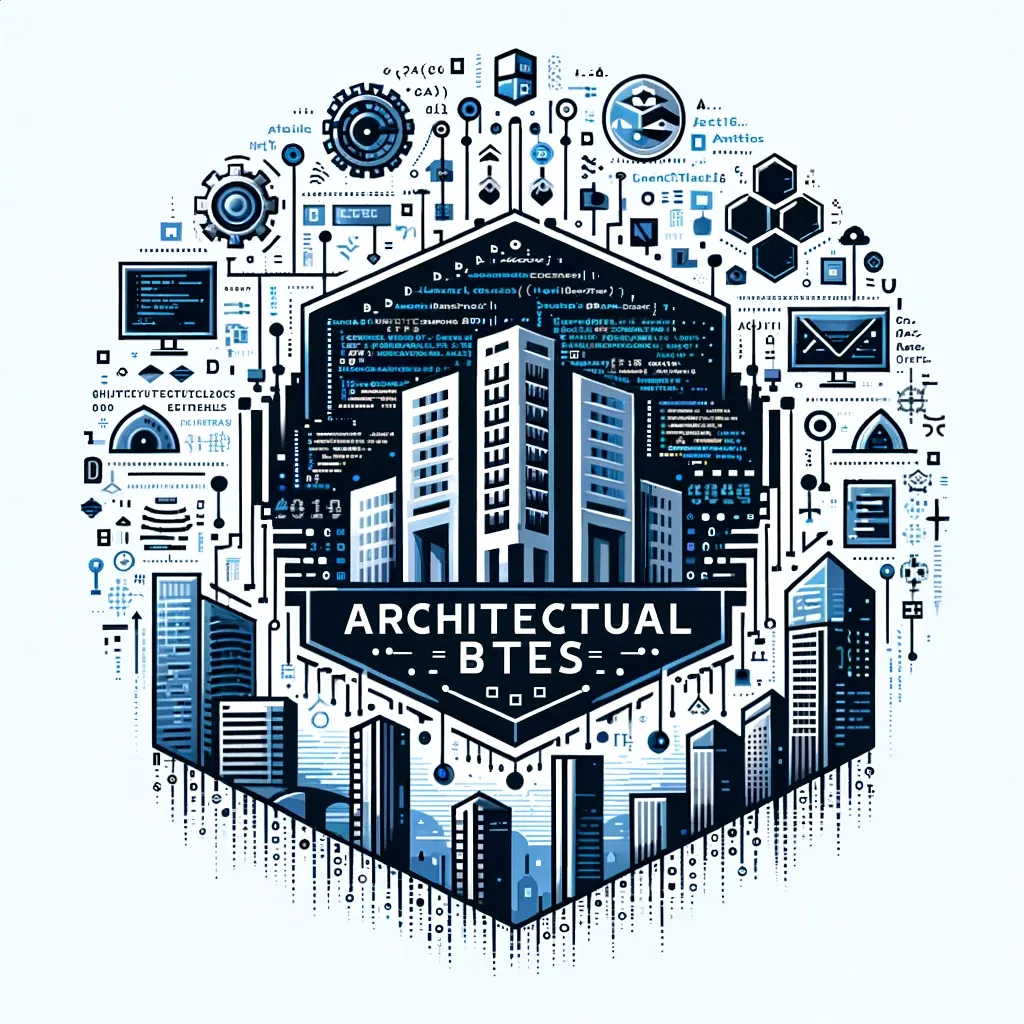Bringing AsyncAPI in Context with API-first
Why Code-First might be the right approach

In the ever-evolving sphere of software development, there's been a significant shift towards an API-first approach. As I previously discussed on my LinkedIn post, AsyncAPI has emerged as a significant player in this domain, painting a more comprehensive picture of how APIs communicate asynchronously in the modern tech world.
One of the ongoing debates in this space revolves around the best method for implementing AsyncAPI in the context of an API-first approach. From my perspective, the answer is clear: the Code-first approach triumphs. While this claim may seem bold, it's worth noting that different methods have their place, but when considering adaptability, flexibility, and innovation, the Code-first approach stands unrivalled.
Over the course of this blog post, we will embark on a journey to understand the interplay between AsyncAPI and API-first, examine its different implementation variants, and make a compelling case for Code-first. By the end, I hope to provide you with the insights needed to leverage these methodologies effectively in your software development process.
So, let's dive in and start by setting the stage with some context around AsyncAPI and API-first.
Understanding AsyncAPI in the Context of API-first
AsyncAPI, much like its older cousin OpenAPI, is a specification for machine-readable interface files. However, while OpenAPI is designed for RESTful APIs (synchronous communication), AsyncAPI shines in the context of asynchronous communication, which is integral to modern event-driven architectures. AsyncAPI provides a standard way to describe how APIs communicate asynchronously, offering a blueprint that aids in designing, documenting, and discovering APIs.
The API-first approach, on the other hand, is a development paradigm that treats APIs as first-class citizens. It dictates that APIs should be designed upfront, before coding begins. This approach stems from the realisation that solid API design can serve as a contract that guides the development process, promoting consistency and reducing the amount of rework.
Bringing AsyncAPI into this context strengthens the API-first approach in event-driven architectures. It means that even before writing a single line of code, developers can have a detailed, structured understanding of how the different components of a system will interact asynchronously. This ensures that every stakeholder, from product managers to developers, speaks the same language and shares the same understanding of the system. This harmony promotes an effective, efficient development process and results in robust, consistent APIs.
The question then arises: if AsyncAPI strengthens the API-first approach, how should we go about implementing it? Let's explore this in our next section as we delve into the variants of AsyncAPI implementation.
Variants of Implementation
As we venture into the field of AsyncAPI implementation, three distinct methodologies emerge: Code-first, Contract-first, and Design-first. Understanding the essence of each approach helps identify their strengths and weaknesses, and how they play into the context of an API-first strategy.
1. Code-first: In this approach, developers dive right into the coding process, building APIs based on their understanding of the requirements. The API documentation (including AsyncAPI specifications) is then generated from the code. While it sounds backwards in an API-first context, its advocates believe that it allows for flexibility and rapid prototyping, particularly in agile and iterative development environments.
2. Contract-first: The contract-first approach is the antithesis of the code-first method. Here, the API contract (including AsyncAPI specifications) is crafted before any code is written. The code is then built to adhere to the contract. This approach supports the notion of API-first quite directly, as it ensures a robust, well-planned API design before diving into code.
3. Design-first: Design-first also advocates for creating the API contract upfront, but it adds another layer. The API design is validated using mock responses and automated tests before moving into development, ensuring the API behaves as expected. This approach offers an additional safety net but can slow down the development process due to the added validation step.
Each of these implementation methods has its advantages and potential pitfalls. However, when considering flexibility, innovation, and adaptability in the fast-paced world of software development, the code-first approach stands out. Why is that so? Let's delve deeper into this claim in our next section.
Making a Case for Code-First Approach
At first glance, the Code-first approach may seem to contradict the API-first philosophy. After all, how can you code before defining your APIs? But, let's delve deeper.
The Code-first approach does not mean ignoring the API design or its contract. It means that the developer starts creating functional code from the beginning rather than spending an extended period designing the entire system upfront. It encourages exploration and adaptation, offering flexibility to iterate over the API as the development progresses. This fits perfectly within Agile and Iterative development methodologies where changes and adaptations are part of the process.
Here are some advantages of the Code-first approach:
1. Adaptability: Business requirements can change rapidly. With Code-first, you can adapt to these changes swiftly without having to revise an extensive API contract each time.
2. Promotes Innovation: As developers are not bound by a rigid contract, there's room for innovation and improvisation. This can lead to a more optimized and efficient solution.
3. Decreased Time to Market: Given the rapid prototyping and flexible nature of this approach, the overall time from concept to delivery can be significantly reduced, providing a competitive edge in the market.
Now, the most common critique against the Code-first approach is that it can lead to inconsistency in API design and may result in an API that is difficult to consume. However, this risk can be mitigated by adhering to best practices, using standardised naming conventions, and regularly generating and reviewing the API documentation and AsyncAPI specifications.
In essence, the Code-first approach aligns perfectly with the evolving nature of software development. It respects the core values of the API-first approach, i.e., ensuring a well-designed and consistent API while providing the flexibility to adapt and innovate.
Conclusion
The world of software development is ever-evolving, pushing us to continuously reevaluate and reinvent our approaches. In the context of API-first development and AsyncAPI, we're facing a compelling question: which implementation approach serves us best?
While Contract-first and Design-first have their merits, it's the Code-first approach that truly stands out in the realm of flexibility, innovation, and adaptability. It might seem paradoxical to have a Code-first method within an API-first strategy, but as we've explored, this approach offers the agility needed in today's dynamic development environments.
The Code-first approach encourages developers to dive right in, giving them the freedom to innovate and rapidly prototype while continuously aligning with the API's contract. It does not dismiss the importance of a well-designed and consistent API, but rather enhances it, offering the flexibility to adapt as business logic evolves. This ensures we are building software that is robust, flexible, and truly serves its purpose.
In conclusion, while there may be differing opinions and circumstances, I strongly believe that for most modern development scenarios, the Code-first approach, when employed judiciously with AsyncAPI and an API-first strategy, is a potent recipe for success.
I invite you to consider and experiment with this approach in your next project involving AsyncAPI in an API-first context. I'd love to hear your thoughts and experiences! Let's continue to learn, adapt, and innovate together in this exciting journey of software development.




